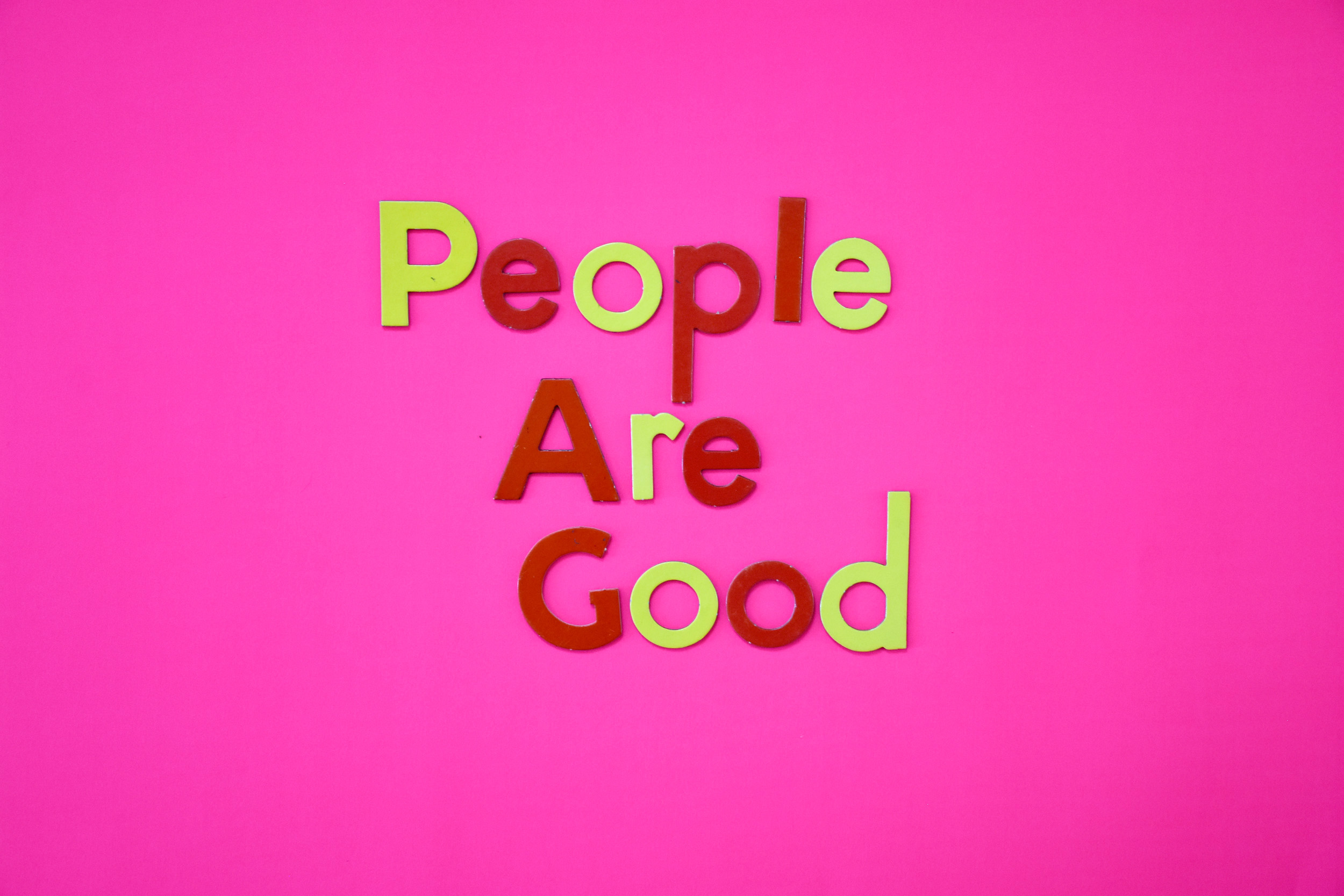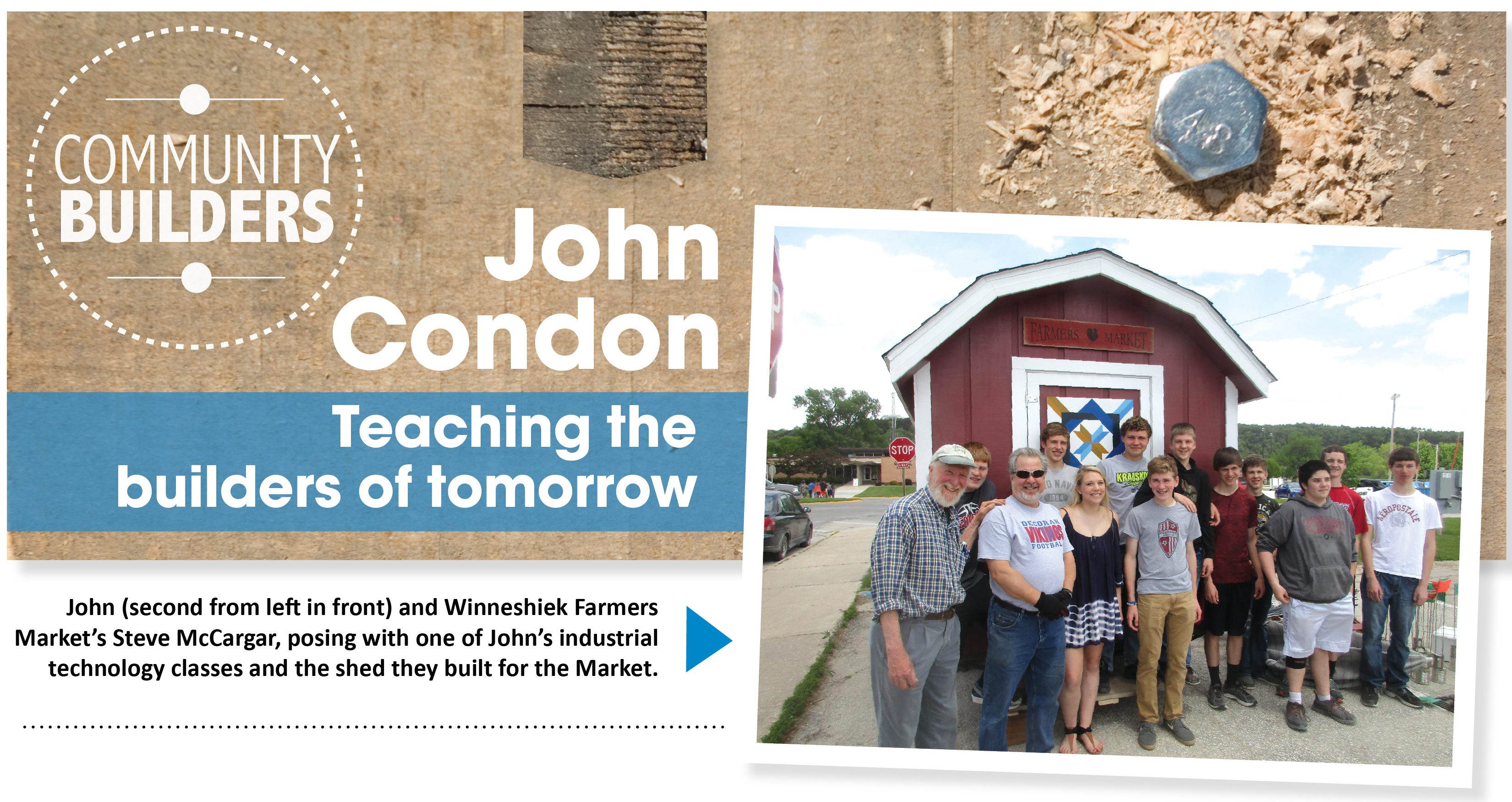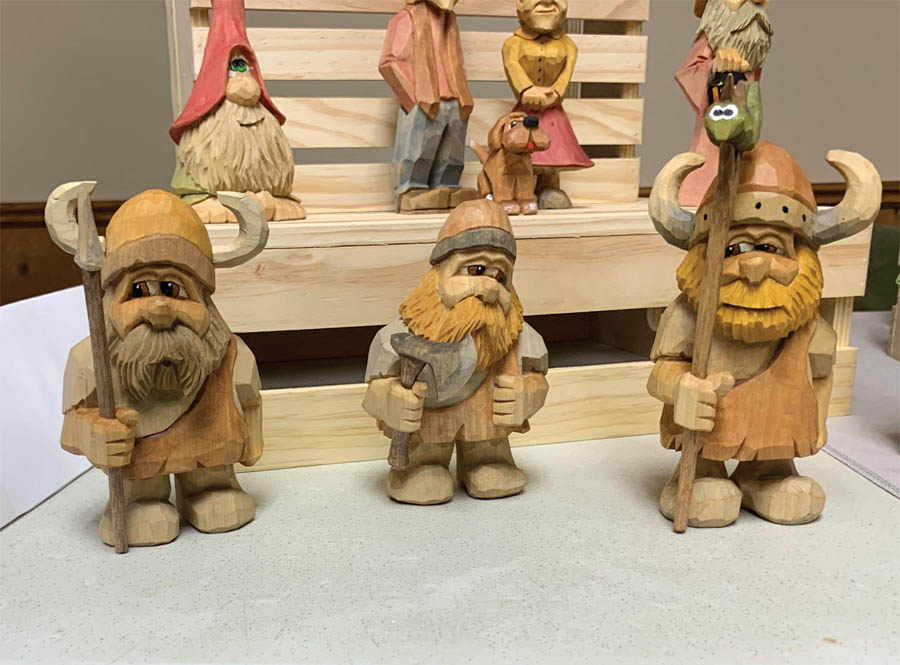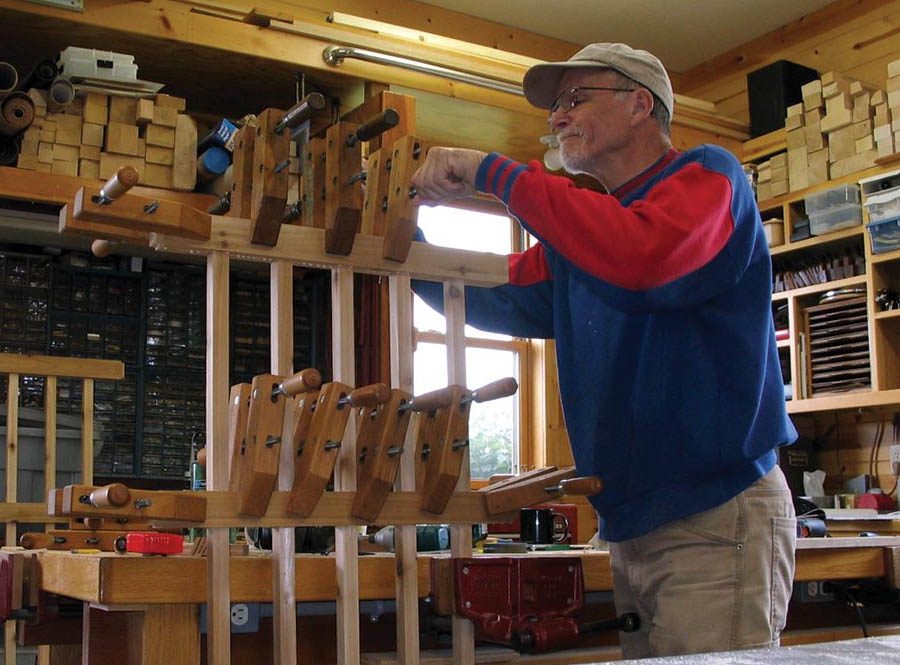Jeff Abbas
It was mid-2015, and the contentious race for President of the United States had stirred up the emotions (and proverbial pens) of people of all political ilks across the nation. Never one to keep his leanings to himself, Jeff Abbas of Dorchester, Iowa, dove right into the fray.
“I was absolutely on fire, writing about political concerns on Facebook every day,” he says. Before long, he had amassed a loyal following – some people loved his musings, while others most certainly did not. Yet as his body of writing (and audience) on social media grew, so too did his angst. It wasn’t a great “place” to be.
One morning, while indulging in his daily routine of drinking his first cup of coffee outdoors while capturing a photograph, Jeff had a crystal-clear epiphany. “It dawned on me how good this simple act made me feel,” he says. “It took my mind off all the political strife, and my angst immediately started to recede – I never did any political writing again.”
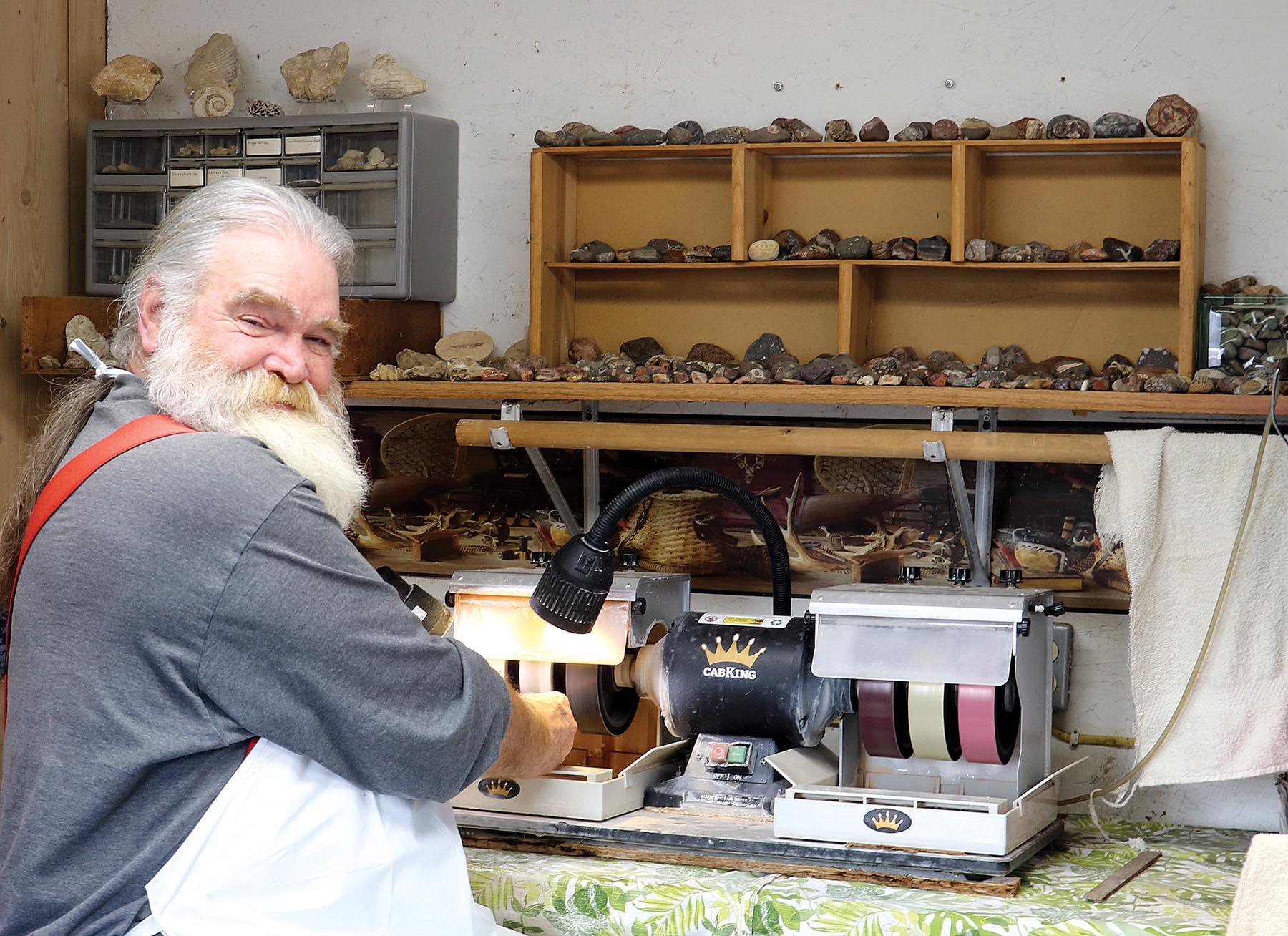
And while he ceased writing about politics, Jeff didn’t stop posting on social media. Instead, he began sharing his “morning coffee shots” and encouraging others to do the same. His newly minted Facebook group, “Morning Coffee Shots,” had one simple rule: no posting about politics. The concept quickly caught on, and today the group has more than 700 members worldwide – authors, photographers, sculptors, painters, chefs, bakers, doctors, nurses, and people of many other professions – all of whom share Jeff’s enthusiasm for kicking off each day drinking coffee, taking a photo of some aspect of the world that surrounds them, and sharing that image with others.
“It’s an incredibly diverse community of people, of friends, really,” says Jeff. “And we all share the simple goal of capturing and sharing a beautiful part of every day and building each other up.”

Bolstering community connection both in person and through media has been a theme throughout Jeff’s itinerant life. Born in Denver, Iowa – a small town outside of Waterloo – he spent a good portion of his adult life in California after joining the United States Navy. By the early 1980s, Jeff was working in the General Mills factory in Lodi, California, where, as he recalls it, he “sat on a tall stool and dropped sauce packets into Hamburger Helper boxes.” Jeff hated the work – “I don’t like structure,” he says simply – and decided to flip a coin to determine whether his next career stop would be studying culinary arts or broadcasting.
Jeff would go on to enroll in culinary school, but he spent his time out of the kitchen volunteering part-time at KUOP (91.3 FM), an NPR-member radio station in Stockton, California, then owned by the University of the Pacific. When the station offered him a full-time job in 1985, he readily accepted. “It makes me wonder if I had elected to go to broadcasting school, would I have ended up being a chef?” he says with a chuckle.
As KUOP’s classical music host, Jeff cultivated a loyal listening audience over the next decade-plus even as he started experimenting with web-design work off the air (ultimately building the station’s first website.) That work, in turn, inspired an interest in digital photography. “My first digital camera was a Sony Mavica that would record eight to 10 images on a floppy disk,” he reflects.
When KUOP abruptly switched to a news/talk format in 1998, Jeff decided it was time to move on; he packed his bags and headed back to Northeast Iowa, where he did web work for a time for Ion Exchange (a company that sells native wildflowers). In 2006, through “happenstance,” says Jeff, he became station manager of KPVL (89.1 FM), a now-defunct, non-commercial community radio station in Postville, Iowa.
Work was as quiet as one might expect in small-town Iowa until May 2008, when the local Agriprocessors meat-packaging factory became the target of what was, at the time, the largest immigration raid in United States history. In the months that followed, Jeff created the Good Morning, Postville! show, his own mix of news, commentary, and community engagement, eventually becoming the local authority on the raid and its aftermath. “Things just kind of took on a life of their own” is how he now sums up the turmoil of that particular time in Postville.
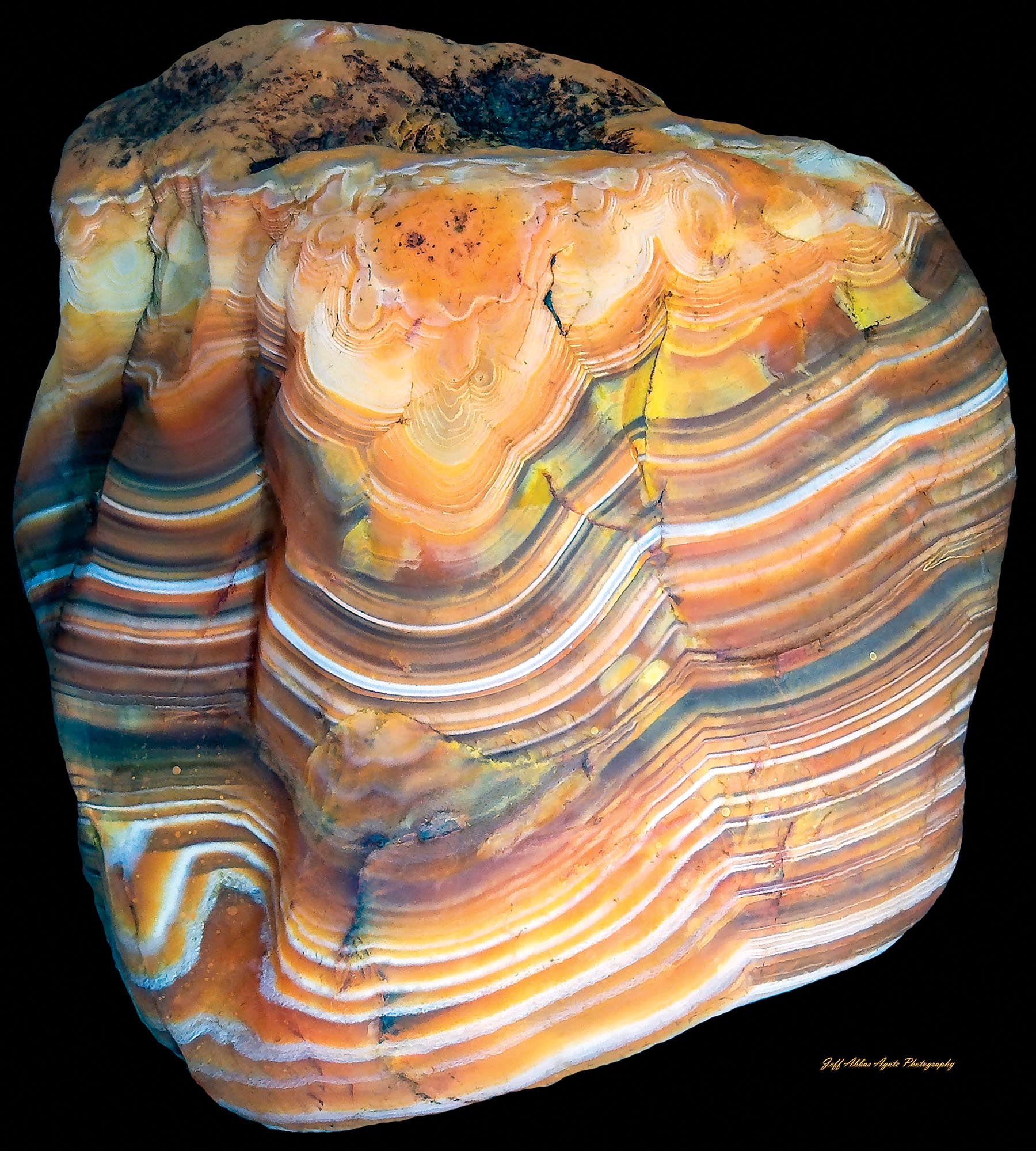
As fate would have it, there was a silver lining to all that turmoil – Jeff met his future wife, Mary, who was then helping to heal the Postville community through her work with Catholic Charities.
The two would go on to found Kitchen Table Community-Supported Agriculture (CSA), which promoted “good health and social justice through sustainable agriculture” on their Dorchester-area farm. They enjoyed the work, but the physicality of the farming life eventually took its toll. Says Jeff, “Farming is hard work, and we got to a point that we just couldn’t do it anymore.”
And that’s when Jeff began gradually turning what had long been an avocation (agate hunting and photography) into a vocation. The COVID-19 pandemic afforded him the time to hone his “agatographer” skills even further. “During lockdown, I started to experiment more with the macro photography of rocks, minerals, and especially agates,” he says. “I got photo-editing software, acquired some lighting, did more research, began ‘talking’ to people online, and went on more agate-hunting trips – I got pretty intense into it.”
Lake Superior agates (the oldest agates on the planet) particularly piqued his interest. “There are so many different theories about how these agates were formed,” says Jeff of the ornamental stone, consisting of chalcedony and quartz. “The only thing everyone agrees upon is that Lake Superior agates were created inside the hardened bubbles of lava.”
Today, more than a billion years later, nearly 1,000 pounds of those agates (many polished, many not) are displayed on shelves and stashed away in containers in Jeff’s Dorchester home. (“Time spent studying Lake Superior agates and where they are found is far and away the best way to begin finding them,” he advises. “Once you know where to look, you are well on the way to building your agate collection.”)
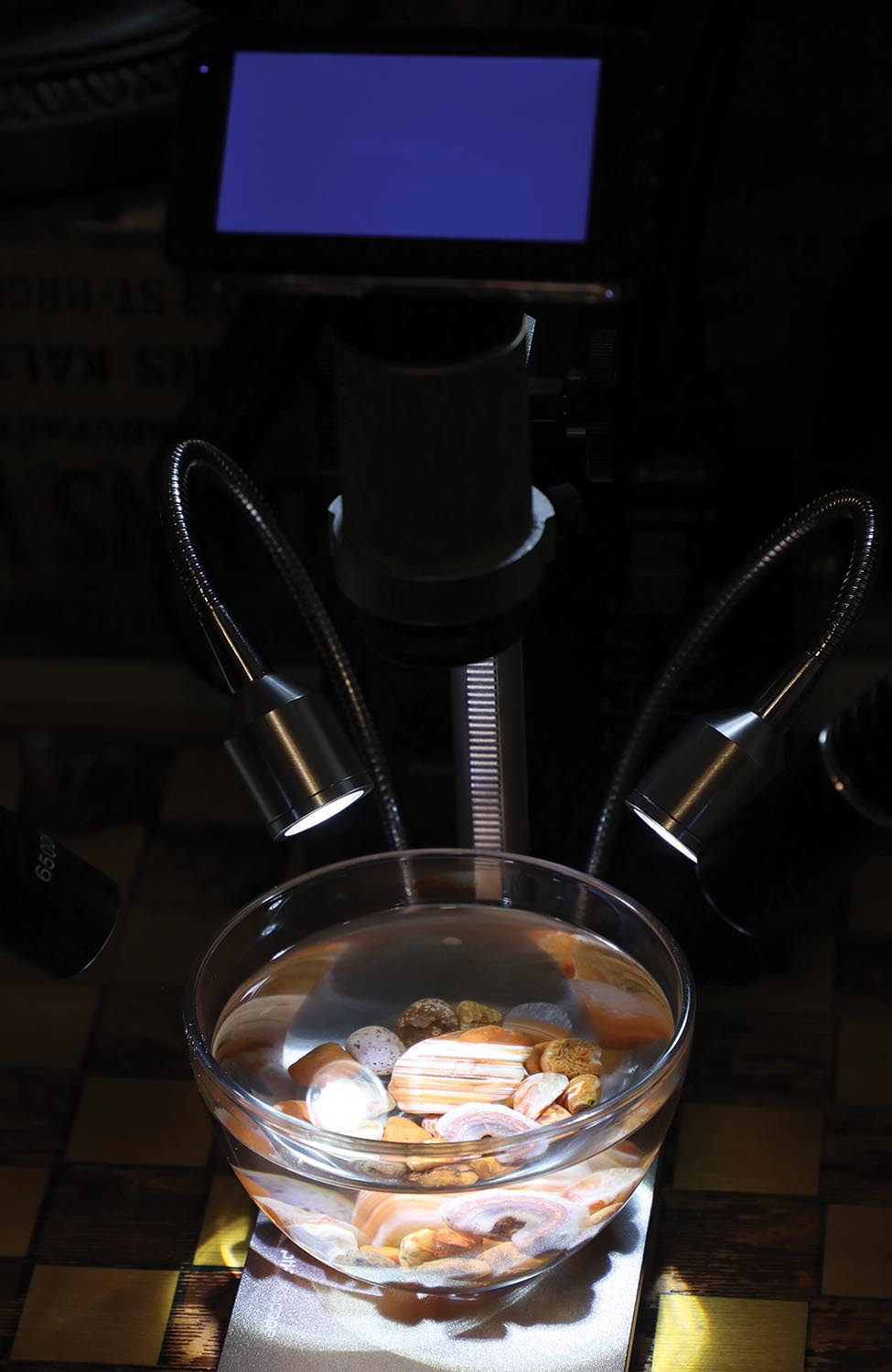
His own collection includes not only concentric-banded agates (the most common kind) but also many other types: sagenitic agates, water-level agates, paint agates, tube agates, and hurricane agates, among others. Each, explains Jeff, has its own unique whorl and pattern, and making those patterns visible to the naked eye is what his agate photography is all about.
“I try to open up that world for people so they can see the actual formation of these stones down deep,” he says. “Ultimately, I want to help people understand the science behind these stones, and photos are the easiest way to do that.”
That mission drives Jeff to spend more than 10 hours a day immersed in photography and social media – he shares his photos on “Morning Coffee Shots” and other groups worldwide – as well as sorting and carefully polishing stones on the wheels he keeps in his studio. And while some might consider this level of devotion as work, Jeff views it as a labor of love. “I’ve finally reached that point in my life where I don’t have to dream about what I want to do because I’m freaking doing it,” he says. “I’m finally living the dream, and my greatest joy is sharing my work with others.”
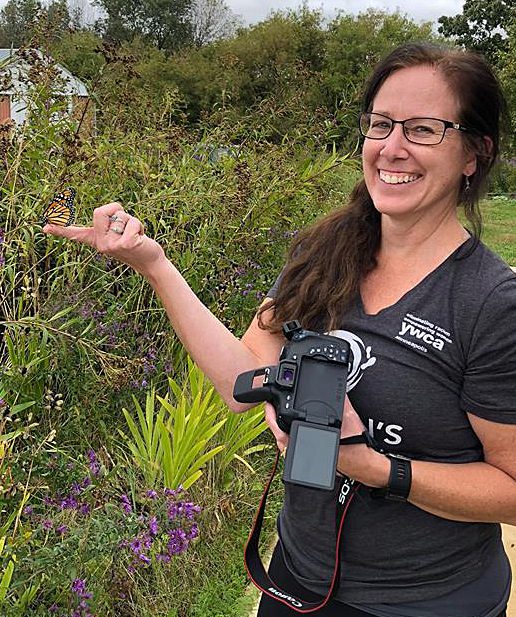
Sara Friedl-Putnam
Sara Friedl-Putnam wants to thank Jeff Abbas for not only the delicious muffins he baked and shared during the interview for this piece but also the beautiful agate he gave her (her first!) at the interview’s close.





